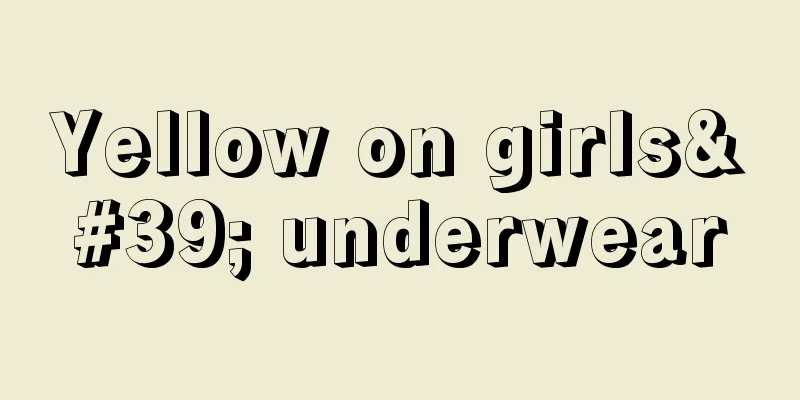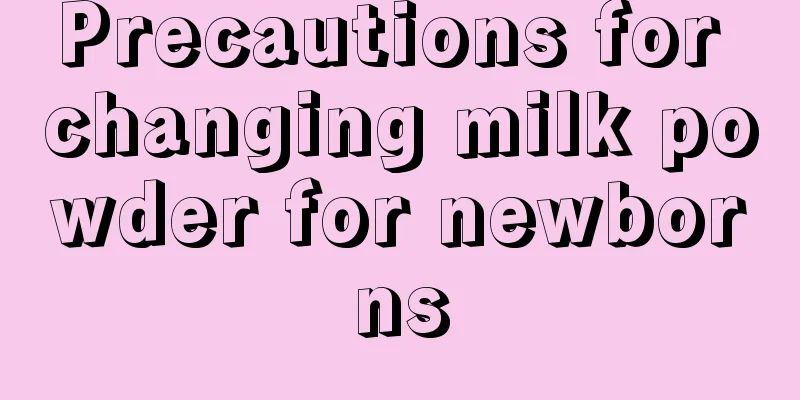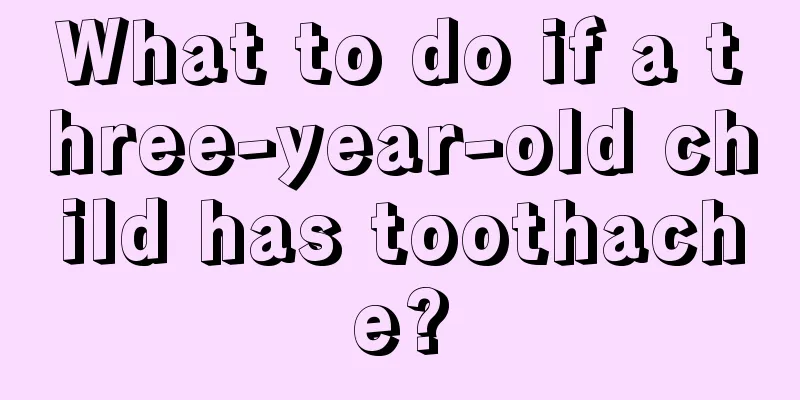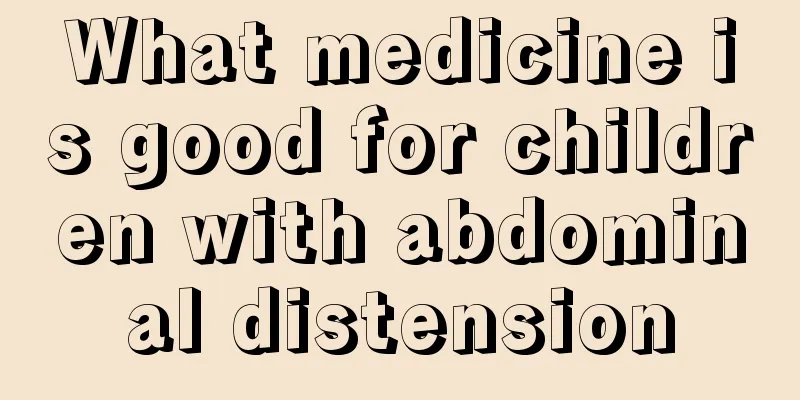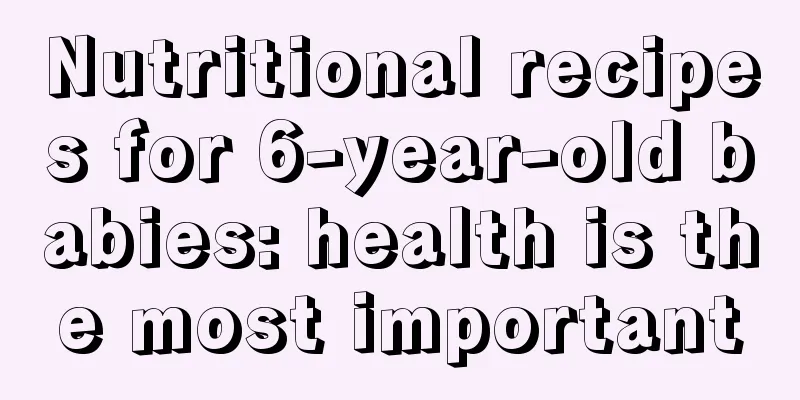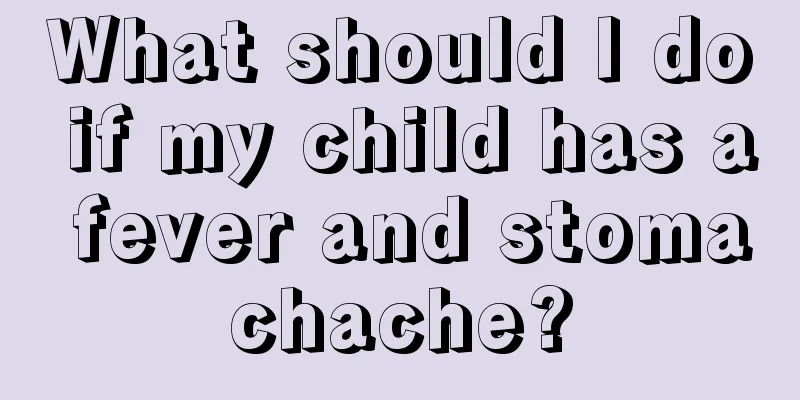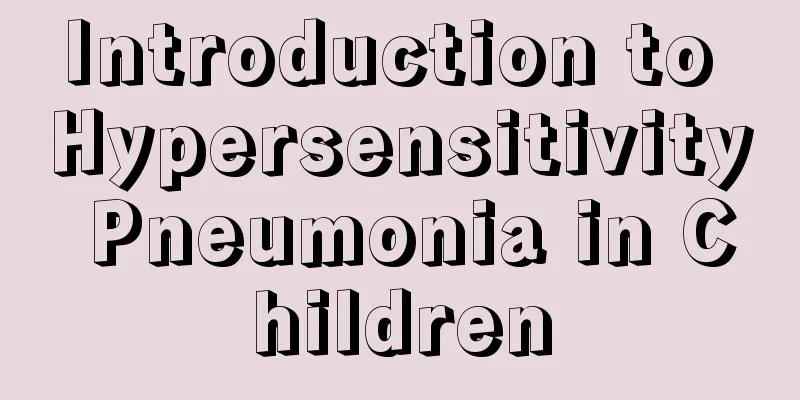How to massage children's head
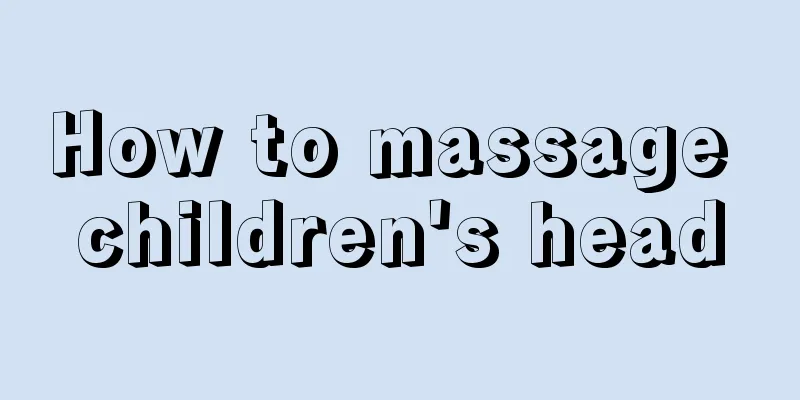
|
Taking care of the body is not only the responsibility of adults, children also need to take care of the body. The healthy growth of children is inseparable from the careful care of their parents. Helping children with massage is helpful for their healthy growth. Massaging the head more often can promote brain development. However, you must master the acupoints and methods of massage to achieve good results. Let's learn about the methods of head massage for children. How to massage children's head Four methods of head massage The combination of opening the Tianmen, pushing the Kan Palace, rubbing the Taiyang and rubbing the Gaogu is called the four methods of head massage. It is often used for symptoms such as headaches, mild colds, fever and sweating, and is also used for routine health massage. Opening the Heaven Gate is commonly known as "opening the Heaven Eye", which has the effects of refreshing the brain, improving eyesight and increasing intelligence. (1) Open the gate of heaven. Use the thumbs of both hands to push from the center of the eyebrows to the front hairline alternately, once or twice a day, 30 to 50 times each time. Kaitianmen can dispel wind and relieve exterior symptoms, open the orifices and refresh the brain, calm and soothe the mind. It is often used for symptoms such as fever caused by exogenous factors, headache, etc. If you are nervous, uneasy, and restless, you can use it together with clearing the gallbladder meridian and rubbing Baihui. (2) Push Kan Palace. Push your thumbs from the center of your eyebrows to the ends of your eyebrows at the same time, once a day. Open the Tianmen twice, 30 to 50 times each time. It is suitable for exogenous fever, convulsions, headaches, and also for eye diseases. If used to treat red eyes, it can be combined with clearing the gallbladder meridian, pinching and rubbing the thenar junction, and clearing the Tianhe water. (3) Rub the sun. The depression between the tip of the eyebrow and the outer canthus of the eye, about one finger width backward, is the temple. This method can be divided into tonifying and purging. Use the ribbed surface of the middle fingers of both hands or the ribbed surface of the thumbs of both hands to rub in circles from bottom to front and then upward to backward for tonification, and push straight from front to back for drainage, which is called pushing the sun. Once or twice a day, 30 to 50 times each time. The tonifying method can be used for exogenous fever, headache, convulsion, eye diseases, it can also eliminate fatigue, calm the mind and strengthen the brain, and it has a good effect on migraine. The purgation method is used for headache caused by external factors, and pushing Taiyang is mainly used for fever caused by external factors. (4) Knead the high bones. Behind the ear, at the hairline, is the high bone behind the ear, slightly above the depression below the posterior edge of the mastoid process, which is equivalent to the Fengchi point. Use the thumbs of both hands to press the two points and rub in circles, once or twice a day, 30 to 50 times each time. It is used for headaches, headaches caused by colds, convulsions, and irritability. Introduction to other massage points and techniques on the head (1) Rub Baihui. Baihui is located at the intersection of the midline of the top of the head and the tips of the two ears. Rub it once or twice a day, 100 to 200 times or press it for 3 to 5 minutes each time. It is used for headaches, colds, nasal congestion, prolapse of the anus, enuresis, and epilepsy. Baihui is the meeting point of all yang. Pressing and rubbing it can calm the mind, soothe the nerves, raise yang and lift the sunken. For the treatment of convulsions, irritability and other symptoms, it is often used in combination with clearing the liver meridian, clearing the heart meridian, and pinching and rubbing the thenar eminence; for prolapse of the anus, enuresis, and frequent urination, it is often used in combination with tonifying the spleen meridian, tonifying the kidney meridian, pushing the three gates, and rubbing the dantian. (2) Pinch Chengjiang. Chengjiang is located in the middle part of the lower lip below the lower jaw. You can pinch it 3 to 5 times with your thumb or index finger. It can be used to stop convulsions, diuresis, crooked mouth, oral inflammation, etc. (3) Rub Yingxiang. In the nasolabial groove, 0.5 inches beside the nose wing, use the index and middle fingers to press and rub the two points 20 to 30 times. It is used for nasal congestion, runny nose, facial paralysis, and also for nasal congestion, runny nose and difficulty breathing caused by colds or chronic rhinitis. It is often used together with Qingfei Meridian, Nafengchi, etc. (4) Cheek massage. The buccinator is located at the muscle bulge above the front angle of the mandible (the bulge of the masseter muscle when you clench your teeth). Use your middle finger or thumb to rub it 20 to 30 times or press it 5 to 10 times. It is used to treat clenched jaw and crooked mouth and eyes. For clenched teeth, pressing method should be used; for crooked mouth and eyes, kneading method should be used. (5) Massage Fengfu acupoint. Fengfu is located 1 inch directly above the middle of the posterior hairline and is used for headaches and colds. Combined with massaging the Fengchi acupoints, regularly massaging all three acupoints can prevent colds. (6) Push the Pillar of Heaven. Form a straight line from the middle of the back hairline to the Dazhui point, use the ribbed surface of the thumb or the tips of the index and middle fingers to apply force, and push straight forward 100 to 500 times. Used for vomiting, fever, stiff neck, convulsions, and sore throat. Pushing Tianzhu can relieve nausea, stop vomiting, dispel wind and disperse cold. To treat vomiting, it is often used in combination with pushing from the big horizontal line to Banmen and rubbing Zhongwan; to treat exogenous fever and stiff neck, it is often used in combination with holding Fengchi and pinching and rubbing Ershanmen. (7) Press the ear gate. The ear gate is the depression in front of the notch on the tragus. This point is also called the Fengmen point. Use the thumb and index finger of both hands to pinch the child's two earlobes respectively, bend the thumbs and use the back of the interphalangeal joints as the fulcrum, rub 20 to 30 times or press 5 to 10 times. It is used for convulsions and ear diseases. It is often used together with pinching the Ren Zhong point and rubbing the cheek car. (8) Take the bridge bow. The bridge arch refers to the line of sternocleidomastoid muscles on both sides of the neck. Holding the bridge arch means holding the affected neck muscles and then alternately lifting, pinching and relaxing them. Repeat this 5 to 10 times for the treatment of torticollis (note not to pinch the carotid artery). The above is an introduction to the methods of children's head massage. After understanding it, we will be able to do a better job when taking care of the baby. In addition, we must observe the child's mental state more in daily life and pay attention to the balance of the child's diet and nutrition. |
<<: How to use children's cold patch
>>: What fruits are good for children to eat in winter?
Recommend
What should I do if my child keeps having a dry cough?
If a child keeps coughing, many parents don't...
What should I do if my child wants to grow taller?
It is a relatively normal phenomenon for children...
What can’t babies with pityriasis alba eat? Experts tell you the right way
If your baby develops tinea versicolor, it means ...
What to do if your child has a viral cold
The development of modern society has brought not...
What should I do if my child often stays up late?
Nowadays, adults are used to going to bed late, a...
Does children's teeth grinding indicate calcium deficiency?
Children, due to their young age, have lower resi...
Causes and diagnosis of recurrent fractures in children
In life, I find that some children break bones af...
At what age can a child be diagnosed with ADHD?
Children between the ages of two and three are ve...
How can I correct my baby's sleeping head tilted to one side?
When babies are young, their sleeping positions a...
What happens when your baby is teething?
Baby is a child younger than child, and is a nick...
Does a large front fontanelle have any impact on a baby?
You may not be very familiar with the front font,...
Infant jaundice index and precautions
Nowadays, the incidence rate of newborns is getti...
What is the cause of the newborn's sneezing and runny nose?
If you pay attention, you will find that recently...
What should I do if my baby's hand is burned?
As the baby grows, parents need to be particularl...
What's going on with white spots on my baby's fingers?
Every baby is very cute, and parents are particul...
